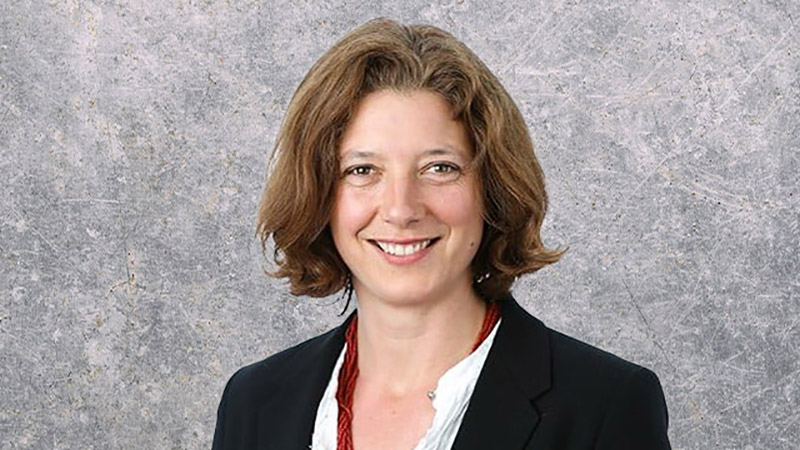Assets in discretionary model or managed portfolio services (MPS) grew 28% in the last 12 months, according to research from Nextwealth.
The firm’s MPS Proposition Comparison Report noted that the strong growth was aided by helpful market conditions, Consumer Duty, fee pressure and a focus from advisers on client-facing activities and away from investment management.
Two significant findings of the report include costs coming down in general and a continuation of the shift from active management to passive investing. These two things are closely related, as passive offerings come with significantly lower fees than actively managed funds, in most cases.
Over the past three years, the asset-weighted average total cost (MPS fee + OCF) paid by clients has almost halved from 1% to 0.58%.
See also: Parmenion adds hat-trick of MPS firms to platform
Other findings in the report include MPS asset growth in the year to 31 March 2024 outstripping the FTSE 250 (5%) and matching the S&P 500 (28%).
Assets in sustainable portfolios grew slower than the wider MPS market, reaching £11.2bn, an increase of just £1.6bn in the past year. They fell as a share of overall assets to 9.1%.
At the individual firm level, the report found that Tatton, Quilter and Timeline will soon emerge as ‘dominant players’ in the space based on their rates of net asset growth.
The three firms each added over £3bn in assets in the last year for a total of £10.7bn. This was well ahead of other DFMs and points to a ‘potential future dominance’ of the MPS market, according to Nextwealth. It compares to just £14.4bn asset growth for the entire rest of the market.
See also: The asset allocator diary: John Husselbee
The full report includes information on 51 DFMs, including ranking, active versus passive, charges and sustainable investing.
Heather Hopkins, managing director of Nextwealth, (pictured) said: “We are able to quantify a 14% shift in the asset-weighted allocation from active to passive funds over the last 18 months.
“In the last year, 56% of DFMs have increased weighting to passive instruments while only three have increased their weighting to active. The average across the industry is also influenced by the strong growth from DFMs that invest solely in passive.
“This year for the first time we have analysed the pricing of portfolios by the style of investment,” she continued. “Unsurprisingly, passive portfolios are significantly cheaper than active and hybrid portfolios. Hybrid portfolios have a similar cost to active suggesting they are more akin to active than passive. 84% of passive portfolios cost less than 0.5% total cost. 90% of active portfolios cost more than 0.5% total cost.”
See also: Head to head: Chinese equities come back from the brink








